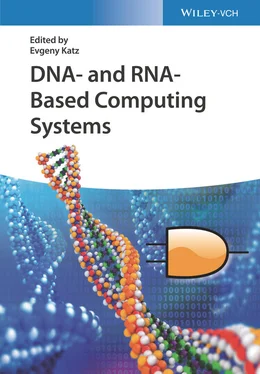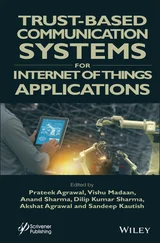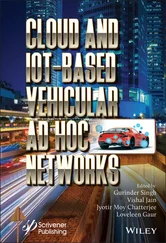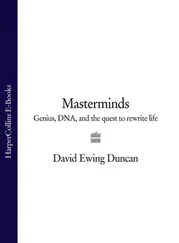Synthetic procedure for production of DNA molecules with specific nucleotide sequences is well known in organic chemistry [88] and can be used to “write” information in the DNA. Once the DNA molecules with the encoded information are prepared, they can be multiplied using a polymerase chain reaction (PCR) [89–92] ( Figure 1.11), which is a technique to make many copies of a specific DNA in vitro (in a test tube rather than an organism). This technique is rather advanced in the instrumental realization but still requires special apparatus that cannot be connected easily to an electronic computer, at least at the end‐user convenience. “Reading” the DNA‐encoded information (DNA sequencing [93]) was advanced during the Human Genome Project [94] and presently is very technologically effective. Further improvements in sequencing throughput (>10 4) and parallelization (>10 7) are expected in the next five years [84]. Emerging technologies such as nanopore sequencing [95] will further reduce errors, cost, time, and energetics during reading the DNA‐encoded information. While future advances can result in novel technological approaches, already available techniques based on the DNA memo‐chips have been tested [96]. A simple chemical, rather than electronic, apparatus operating as the end‐to‐end automatic DNA data storage was designed and demonstrated the automatic “writing”–“reading” DNA processes [97] ( Figure 1.12). The recent research efforts opened the way toward practical, high‐capacity, low‐maintenance information storage in synthesized DNA [98–100]. As an example, a 5.27‐megabit book was stored using DNA microchips and then read the book by using the DNA sequencing [101]. Other, even more impressive, examples demonstrated encoding the pixel values of black‐and‐white images and a short movie into the genomes of a population of living bacteria and then retrieving them back by the DNA sequencing [102].

Figure 1.11PCR method for copying DNA molecules: a thermal cycler, components of the reaction mixture, and reaction steps. For detailed description of the method and instrument see Refs. [89–92].
Source: From Keagile Bati, Polymerase Chain Reaction: Innovation that Revolutionized Molecular Biology, Nov 2018. Public Domain.
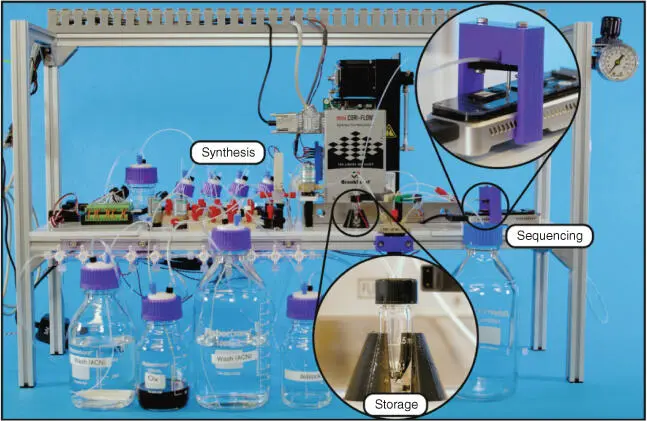
Figure 1.12Apparatus operating as the end‐to‐end automatic DNA data storage allowing automatic “writing”–“reading” DNA processes.
Source: From Takahashi et al. [97]. https://www.nature.com/articles/s41598-019-41228-8. Licensed Under CC BY 4.0.
1.4 Short Conclusions and Comments on the Book
Overall, the DNA computing is a multidisciplinary research area with major contributions from synthetic biology, nanotechnology, computer science, chemical engineering, biosensing and biotechnology, biology and medicine, etc. Some of the research areas are already reaching the mature states, while others are still in the infancy. It is still not easy to predict in what direction the research will go and what applications will be more benefiting from the DNA computing. In the most probability, practical applications will be in two major subareas: medicine with the DNA information processing nanorobotic systems operating in vivo [103,104] and large data storage systems providing extremely high density of the information storage [84,105]. Many other applications of the DNA computing are in the research and discussion [106,107]. However, it is quite unexpected that the DNA computing will come to the end users instead of standard electronic computers, at least in the short perspective.
The present book, composed of the chapters written by the best experts in the field, covers all subtopics of the DNA computing, including the design of Boolean logic gates and circuitries, programming the DNA information processing systems, their biomedical applications and operation in vivo , DNA data storage and nanopore DNA decoding, and interfacing of the DNA computing with enzyme logic systems, and many more detailed explanations on the DNA and RNA computing with many references and illustrations.
1 1 Moore, G.E. (1998). Proc. IEEE 86: 82–85.
2 2 Katz, E. (2019). ChemPhysChem 20: 9–22.
3 3 Calude, C.S., Costa, J.F., Dershowitz, N. et al. (eds.) (2009). Unconventional Computation, Lecture Notes in Computer Science, vol. 5715. Berlin: Springer.
4 4 Adamatzky, A. (ed.) (2017). Advances in Unconventional Computing, Emergence, Complexity and Computation, 2 volumes. Switzerland: Springer.
5 5 Mermin, N.D. (2007). Quantum Computer Science: An Introduction. Cambridge: Cambridge University Press.
6 6 Szacilowski, K. (2012). Infochemistry – Information Processing at the Nanoscale. Chichester: Wiley.
7 7 de Silva, A.P. (2013). Molecular Logic‐Based Computation. Cambridge: Royal Society of Chemistry.
8 8 Katz, E. (ed.) (2012). Molecular and Supramolecular Information Processing – From Molecular Switches to Logic Systems. Weinheim: Willey‐VCH.
9 9 Sienko, T. (ed.) (2003). Molecular Computing (Series Eds.: Adamatzky, A., Conrad, M., and Rambidi, N.G.). Cambridge, MA: MIT Press.
10 10 Spitzer, N.C. and Sejnowski, T.J. (1997). Science 277: 1060–1061.
11 11 Kampfner, R.R. (1989). BioSystems 22: 223–230.
12 12 Katz, E. (ed.) (2012). Biomolecular Computing – From Logic Systems to Smart Sensors and Actuators. Weinheim: Wiley‐VCH.
13 13 Stojanovic, M.N., Stefanovic, D., and Rudchenko, S. (2014). Acc. Chem. Res. 47: 1845–1852.
14 14 Stojanovic, M.N. and Stefanovic, D. (2011). J. Comput. Theor. Nanosci. 8: 434–440.
15 15 Ezziane, Z. (2006). Nanotechnology 17: R27–R39.
16 16 Xie, Z., Wroblewska, L., Prochazka, L. et al. (2011). Science 333: 1307–1311.
17 17 Ashkenasy, G., Dadon, Z., Alesebi, S. et al. (2011). Isr. J. Chem. 51: 106–117.
18 18 Unger, R. and Moult, J. (2006). Proteins 63: 53–64.
19 19 Katz, E. and Privman, V. (2010). Chem. Soc. Rev. 39: 1835–1857.
20 20 Katz, E. (2015). Curr. Opin. Biotechnol. 34: 202–208.
21 21 Halámek, J., Tam, T.K., Chinnapareddy, S. et al. (2010). J. Phys. Chem. Lett. 1: 973–977.
22 22 Rinaudo, K., Bleris, L., Maddamsetti, R. et al. (2007). Nat. Biotechnol. 25: 795–801.
23 23 Arugula, M.A., Shroff, N., Katz, E., and He, Z. (2012). Chem. Commun. 48: 10174–10176.
24 24 Adamatzky, A. (2010). Physarum Machines – Computers from Slime Mould. London: World Scientific.
25 25 Kahan, M., Gil, B., Adar, R., and Shapiro, E. (2008). Physica D 237: 1165–1172.
26 26 Alon, U. (2006). An Introduction to Systems Biology: Design Principles of Biological Circuits. Boca Raton, FL: Chapman & Hall/CRC.
27 27 Benenson, Y. (2009). Mol. Biosyst. 5: 675–685.
28 28 Adleman, L.M. (1994). Science 266: 1021–1024.
29 29 Katz, E., Wang, J., Privman, M., and Halámek, J. (2012). Anal. Chem. 84: 5463–5469.
30 30 Wang, J. and Katz, E. (2011). Isr. J. Chem. 51: 141–150.
31 31 Wang, J. and Katz, E. (2010). Anal. Bioanal. Chem. 398: 1591–1603.
32 32 Halámková, L., Halámek, J., Bocharova, V. et al. (2012). Analyst 137: 1768–1770.
33 33 Halámek, J., Windmiller, J.R., Zhou, J. et al. (2010). Analyst 135: 2249–2259.
34 34 Minko, S., Katz, E., Motornov, M. et al. (2011). J. Comput. Theor. Nanosci. 8: 356–364.
35 35 Tokarev, I., Gopishetty, V., Zhou, J. et al. (2009). ACS Appl. Mater. Interfaces 1: 532–536.
Читать дальше
